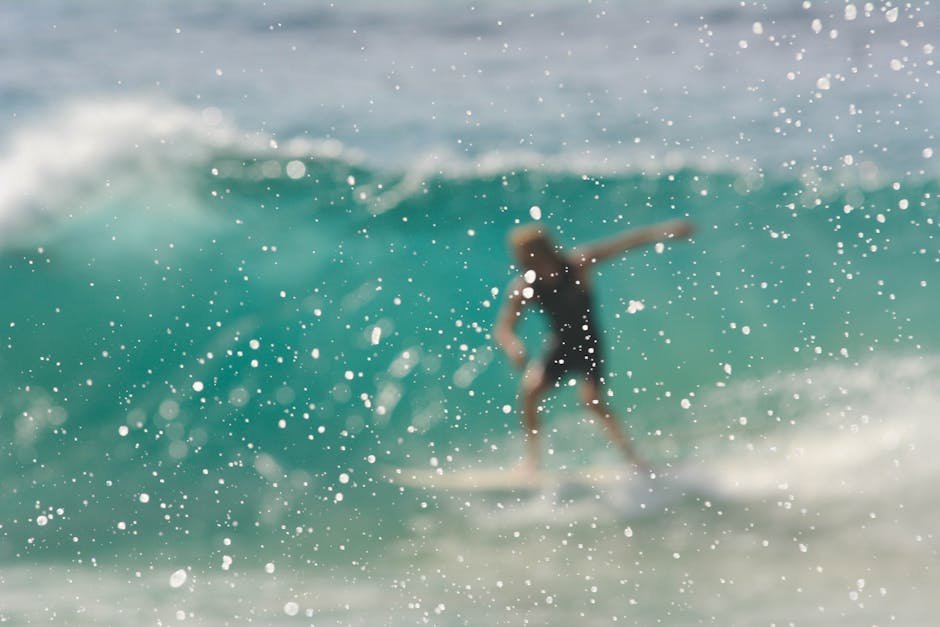Capturing the essence of a surf session through photography is an art form. It's not just about snapping shots of surfers riding waves; it's about telling the story of the sea, the surf, and the spirit of the adventure. Whether you're a beginner or an experienced photographer looking to up your game, these seven tips will guide you in capturing the perfect surf session photo. With a little patience, the right gear, and a keen eye, you'll be shooting like a pro in no time.
1. Understanding the Surf Culture
To genuinely capture the essence of surf culture in your photos, immerse yourself in it. Learn about its history, icons, and what makes a session more than just catching waves. This understanding will influence your framing, timing, and the moments you choose to capture, giving your photographs a depth that resonates with surf enthusiasts and newcomers alike.
Attend local surf competitions and spend time at popular surf spots, not just as a photographer but as a part of the community. Watch how surfers interact with the waves and each other. Notice the shared moments of anticipation, triumph, and camaraderie. These insights will help you anticipate moments and capture photos that tell a story, making your work stand out.
2. Choosing the Right Equipment
The right camera gear can make a big difference in surf photography. A DSLR or mirrorless camera with a fast shutter speed and a telephoto lens is essential for capturing crisp, dynamic images of surfers in action. Additionally, consider investing in a waterproof housing to protect your camera from saltwater and sand, or a drone for unique aerial shots that offer a new perspective on the surf session.
3. Mastering the Timing
Timing is everything in surf photography. You need to know when the waves are going to be at their best and how to anticipate a surfer's movements. This often means understanding the weather patterns, tides, and knowing the best times of day for lighting. Getting the perfect shot requires patience and practice, so don’t be discouraged by missed opportunities—each session is a learning experience.
4. Working with Natural Light
Natural light plays a critical role in photography, and surf photography is no exception. The golden hours, shortly after sunrise and before sunset, provide soft, warm light that can add a magical quality to your photos. Experiment with different lighting conditions to see how they affect the mood and tone of your images. Backlit waves can create a dramatic silhouette, while direct sunlight can highlight the textures and colors of the sea.
5. Finding the Perfect Angle
In surf photography, angle and perspective can completely change the composition and impact of a shot. Try different vantage points: shoot from the beach, a pier, or from the water itself to find unique angles. Each position offers a distinct way of seeing the action and can reveal different elements of the surf and its surroundings. Over time, you’ll develop an eye for the angles that best capture the essence of the session.
6. Capturing the Emotion
Beyond the action, surf photography is about capturing the emotion of the moment. Pay attention to the expressions of surfers as they ride a wave, the tension in their posture, the exhilaration, or the disappointment of a missed ride. These moments of emotion tell the human story of surfing and can create a connection between the viewer and the subject. Aim to capture these fleeting expressions, for they are often what make a photo memorable.
7. Post-Processing Like a Pro
After capturing your surf session photos, post-processing can be used to enhance the images further. Adjusting exposure, contrast, and color balance can help your photos pop. However, it's vital to keep edits tasteful and not to overprocess, as the natural beauty and authenticity of the surfing experience should remain the focus. Tools like Adobe Lightroom and Photoshop offer powerful options for refining your images while preserving their integrity.

